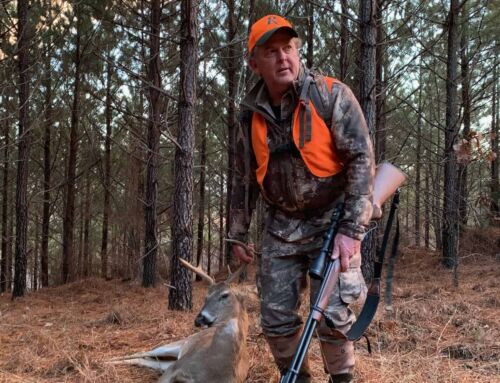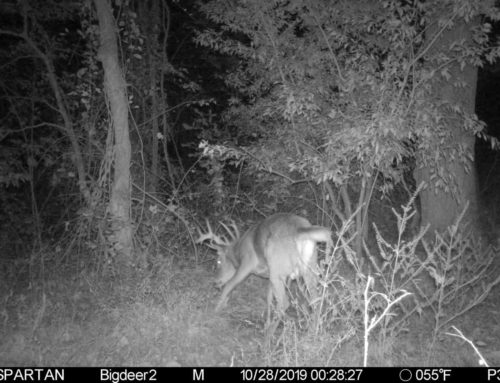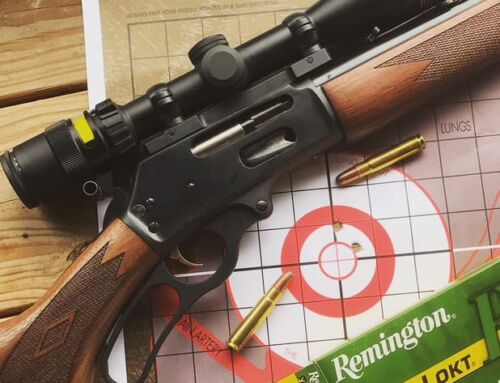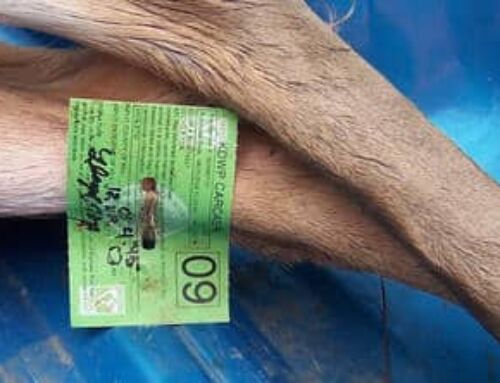 The popularity of blackpowder hunting is making a comeback! Here are 8 things to remember when you go out to smoke a buck this fall.
The popularity of blackpowder hunting is making a comeback! Here are 8 things to remember when you go out to smoke a buck this fall.
- Pour a measured charge of your powder of choice down the bore of your .50-caliber rifle, or drop in 2 or even 3 50-grain Triple 7 pellets in modern rifle that will handle 150 grains, like my trusty 700 Ultimate Muzzleloader. Some rifles shoot best with 2 pellets 9100 grains), while others like 3 pellets (150grains), so do some range testing.
- Insert your bullet of choice at the muzzle, and start it down the bore with a short starter. With your ramrod, seat the bullet firmly all way down and on top of the powder, but don’t tamp it or beat it hard. You just want a good, firm seat.
- Once fully loaded, leave the ramrod in the barrel and mark it with a Sharpie. Check the “fully loaded” reference mark each time you load to make sure you seat the proper amount of powder and a bullet. Consulting your Sharpie mark makes sure you’ll never double load!
- Never prime, or cap, a loaded rifle until you are in the timber and ready to hunt. When using a tree stand, climb up, secure your harness, sit down and rope up your rifle (muzzle down). Only then should you prime it. Always remove a primer or cap before roping your rifle down to the ground.
- With today’s high-tech muzzleloading systems, after an uneventful day in the woods, I feel confident leaving a rifle loaded with powder and bullet (but no primer cap) for 2 or 3 days. If I don’t shoot at a deer any longer than that, I’ll unload the rifle by shooting it into a target or into the ground, clean the bore and reload with a fresh powder charge. I know people who leave their rifles loaded for a week or more or even a month before shooting and reloading. It generally works out, but I still recommend a fresh load every 2 or 3 days.
- In the hands of a good shooter, a scoped, .50-caliber in-line with 100 to 150 grains of powder is capable of dropping a whitetail out to 150-200 yards. But to me, even the most advanced muzzleloader is a relatively short-range arm. Try to hang stands or still-hunt where shots at bucks will be 120 yards or less, 50 to 75 yards is perfect.
- Always reload after shooting a buck, even if you see him lying motionless, and be ready for a quick follow-up shot if needed.
- After shooting a buck with a muzzleloader (by its design a relatively low-velocity weapon), sometimes you’ll find only cut hair and little or no blood at the point of impact. I have had this play out dozens and dozens of times on my hunts! But never think you grazed or missed a deer! Follow a buck in the direction he fled. Seventy to 100 yards out on that line you’re apt to pick up an ample blood trail that leads to your buck a few more yards up ahead.





